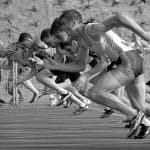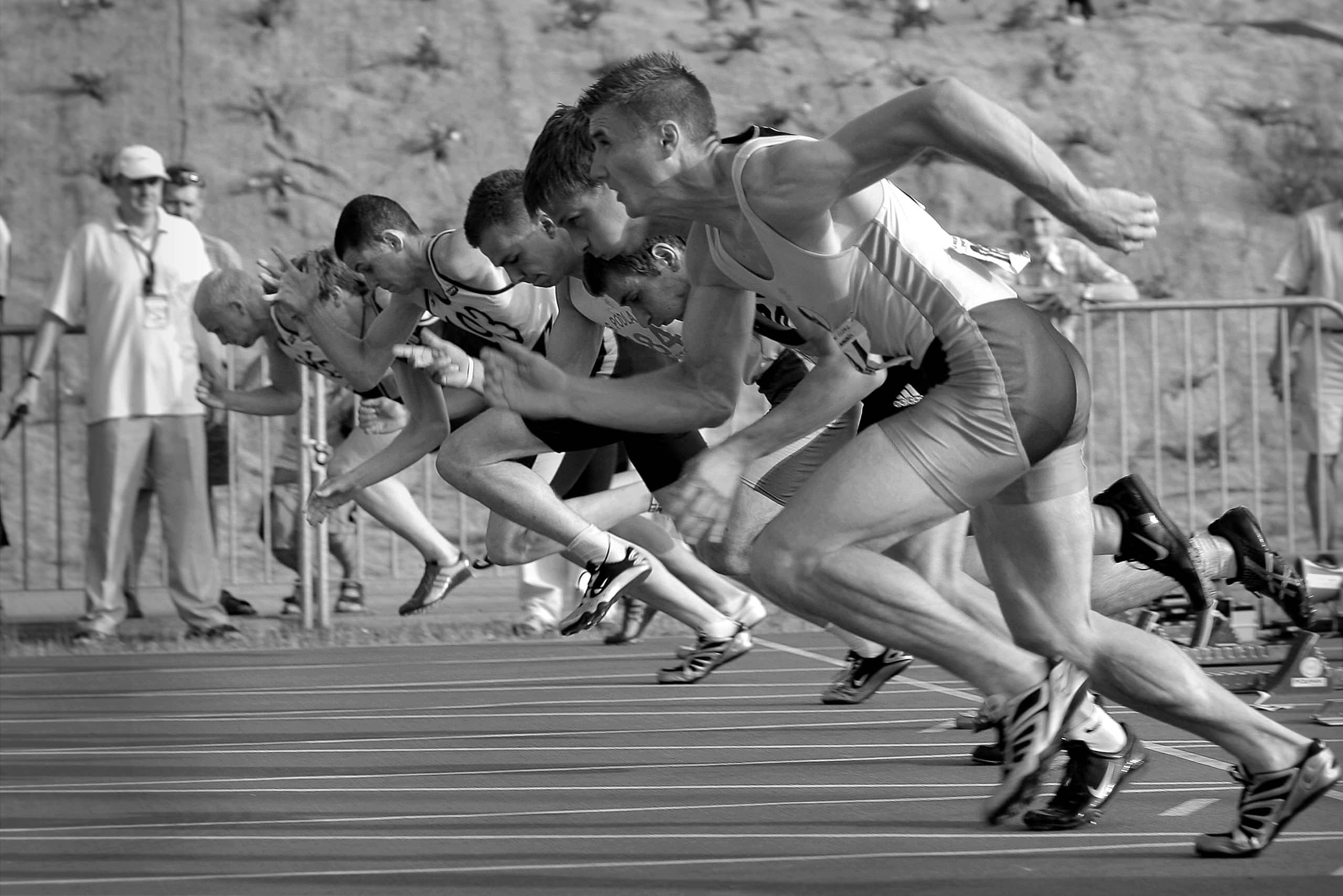The human body is a marvel of biological engineering. However, even the most finely-tuned machines can falter under extreme conditions. One such condition that can strain the body’s delicate balance is heat. When subjected to extreme heat, especially during intense physical activity such as exercise or sports, our bodies must adapt to maintain optimal performance. This is particularly relevant for athletes who must often perform under hot conditions. The need for effective cooling strategies becomes paramount in order to maintain peak performance and prevent heat-related illnesses.
This article seeks to explore these cooling strategies. The aim is for you to understand how your body responds to heat, the potential risks of exercising in hot conditions, and the most effective cooling strategies for athletes. This information holds significant relevance for UK athletes who might be training for or participating in events in hotter climates.
A découvrir également : What are the essential guidelines for UK sports event managers to enhance fan security?
Understanding the Body’s Response to Heat
Before we can delve into cooling strategies, it’s crucial to understand how the human body responds to heat, especially during intense physical activities like sports. When your body temperature rises due to heat or exercise, your body responds with a series of adaptations designed to bring your temperature back down to a safe range.
One of the primary ways the body regulates temperature is through sweating. As sweat evaporates off your skin, it helps to cool down your body. However, this process becomes less effective as the ambient temperature increases. When the surrounding temperature is as hot as or hotter than your body, sweat won’t evaporate as quickly, making it harder for your body to cool down.
A lire aussi : What are the essential guidelines for UK sports event managers to enhance fan security?
Extreme heat can also increase your heart rate and lead to dehydration. Both of these factors can negatively impact athletic performance, making it more difficult to maintain intensity and focus during training or competition.
Risks of Exercising in Hot Conditions
Now that you understand how your body responds to heat, it’s important to address the risks associated with exercising in hot conditions. Heat stress can lead to a range of potentially serious health problems. These include heat cramps, heat exhaustion and, in the most severe cases, heat stroke, which can be life-threatening.
Dehydration, too, is a significant risk. When you sweat, you not only lose water but also essential electrolytes which are vital for proper muscle function. Losing too much water and electrolytes without replacing them can lead to dehydration, which can severely impact your performance and health.
Another risk is decreased performance. As your body works harder to cool itself down, it has less energy available for the exercise at hand. This can result in a decreased capacity for endurance activities and diminished strength in resistance-based activities.
Heat Acclimation and Adaptation
Adaptation to hot conditions is a crucial aspect of preparing for exercise or competition in heat. Heat acclimation refers to the physiological changes your body undergoes in response to repeated exposure to heat. Over time, your body becomes better at dealing with heat and maintaining homeostasis.
Heat acclimation involves several physiological changes, such as an increased sweat rate, earlier onset of sweating, decreased heart rate, and improved blood flow to the skin. These adaptations help your body to cool down more effectively and manage the stress of heat.
To achieve heat acclimation, athletes typically undertake heat acclimation training. This involves repeated exposure to hot conditions in a controlled environment, often combined with exercise to simulate the conditions of competition or intense training.
Effective Cooling Strategies for Athletes
If you’re an athlete training in, or travelling to, hot conditions, implementing effective cooling strategies can be a game-changer for your performance. These strategies, often supported by scientific evidence, can be divided into pre-cooling, during exercise cooling, and post-exercise cooling.
Pre-cooling strategies are used before exercise to lower body temperature and reduce the strain on the body once the exercise begins. They include consuming cold drinks or ice slurry, using cooling vests, and taking cold showers or baths.
During exercise cooling can help to manage body temperature throughout the duration of the activity. This might involve pouring cold water over the body, wearing cooling garments, or taking breaks in shaded or air-conditioned areas.
Post-exercise cooling is aimed at bringing the body temperature down as quickly as possible after the cessation of activity. Cold water immersion or cold showers can be beneficial in achieving this.
Remember, the human body is an incredible machine that’s designed to adapt and endure a wide range of conditions. However, when it comes to exercising in extreme heat, it’s crucial to take steps to help it along. By understanding your body’s response to heat, recognising the risks of hot conditions, and implementing effective cooling strategies, you can help ensure your performance doesn’t falter when the mercury rises.
Heat Stress and Climate Change: A Growing Concern for Athletes
Sports med professionals and researchers are becoming increasingly concerned about the impact of climate change and extreme heat on athletes. As global temperatures continue to rise, we can expect an increase in extreme heat events.
Heat stress is a major health issue for the general population, but it poses a particularly significant risk for athletes due to the high intensity of exercise and the resulting increase in body mass caused by fluid retention. Heat stress can lead to serious complications, such as heat stroke, a condition that requires immediate medical attention.
A recent Med Sci study found that exertional heat illnesses are becoming increasingly common in athletes, and the trend is expected to worsen with the ongoing climate change. This makes understanding the effects of heat on the body and learning how to mitigate these effects through heat acclimatisation and effective cooling strategies ever more important for athletes.
Athletes are often required to compete in different climates and under varying temperature conditions. This shift from cold to hot ambient conditions can cause additional stress on the body, further increasing the risk of heat-related illnesses. It’s therefore paramount that athletes not only understand their body’s response to heat but also exercise heat acclimation strategies to prepare for such conditions.
Climate change is also affecting the availability and quality of training facilities. Increased temperatures can make training fields hotter and more uncomfortable, impacting the quality and intensity of training sessions. This is another reason why adopting effective cooling strategies and understanding heat acclimation is crucial for athletes.
Conclusion: Meeting the Challenge of Extreme Heat
In conclusion, the challenge of extreme heat is a reality that athletes, particularly those hailing from the UK, can no longer afford to ignore. As the impacts of climate change continue to unfold, athletes are likely to face hotter and more extreme conditions. This makes it vital for athletes, their coaches, and sports med professionals to understand the body’s response to heat, the risks associated with exercising in hot conditions, and the measures needed to help the body adapt and cool effectively.
Heat acclimation, through repeated exposure to hot conditions in a controlled environment, is a critical adaptation strategy that can help athletes prepare for competing in hot climates. The physiological changes that occur during this process, such as increased sweat rate and improved blood flow to the skin, can significantly enhance an athlete’s ability to manage heat.
Furthermore, the implementation of effective cooling strategies can greatly aid an athlete’s performance and safety. Pre-exercise, during exercise, and post-exercise cooling strategies offer a comprehensive approach to managing body temperature and reducing the risk of heat-related illnesses.
In the face of a changing climate and rising global temperatures, it has never been more important for athletes to be vigilant and proactive in addressing the dangers of extreme heat. With a grounded understanding of the body’s response to heat, a commitment to heat acclimation training, and the use of effective cooling strategies, athletes can continue to perform at their best, even in the face of extreme heat conditions.










